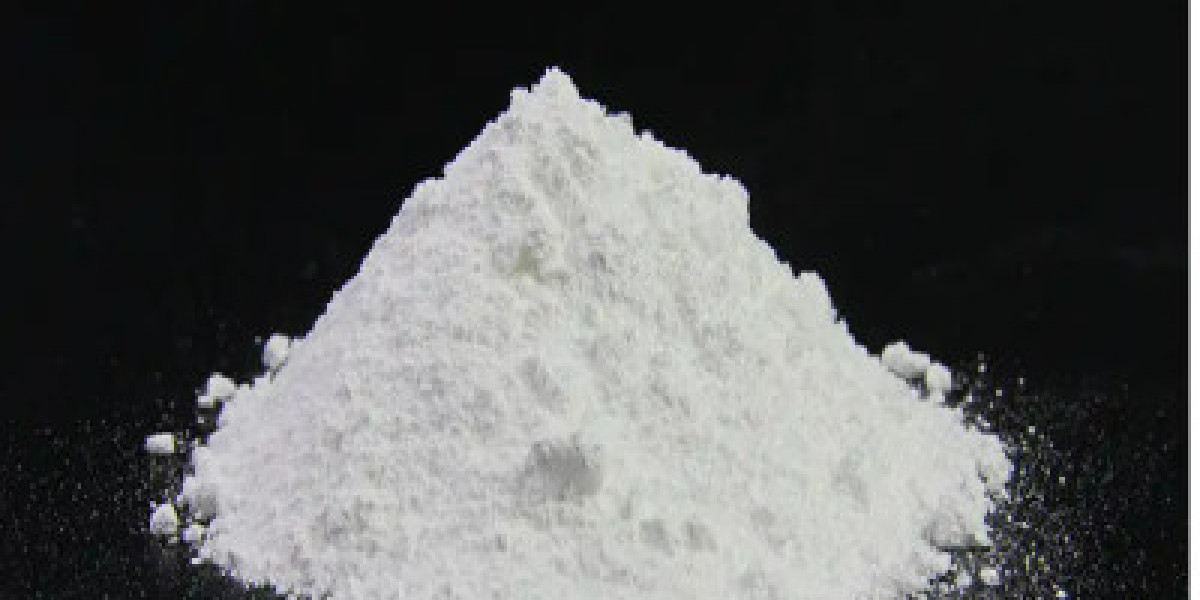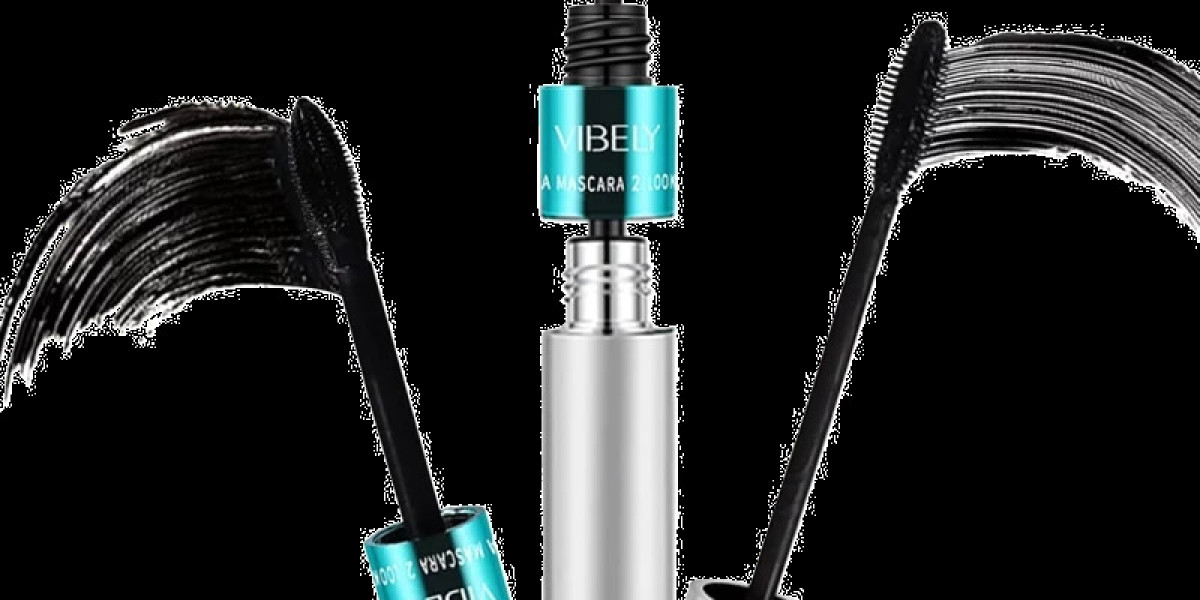Understanding these differences helps in predicting and controlling chemical reactions in various applications, from industrial processes to everyday household chemistry.
Acids and bases are two distinct classes of chemical compounds that exhibit different chemical properties. These differences are primarily due to their behavior in aqueous solutions and their ability to donate or accept protons (H⁺ ions). Here’s a detailed comparison of their
chemical properties:
1. Proton Exchange
Acids:
Definition: Acids are substances that donate protons (H⁺ ions) in aqueous solutions.
Example: Hydrochloric acid (HCl) dissociates in water to release H⁺ ions:
HCl (aq) → H⁺ (aq) + Cl⁻ (aq)Behavior: The presence of H⁺ ions makes the solution acidic, with a pH less than 7.
Bases:
Definition: Bases are substances that accept protons (H⁺ ions) or donate hydroxide ions (OH⁻) in aqueous solutions.
Example: Sodium hydroxide (NaOH) dissociates in water to release OH⁻ ions:
NaOH (aq) → Na⁺ (aq) + OH⁻ (aq)Behavior: The presence of OH⁻ ions makes the solution basic, with a pH greater than 7.
2. pH Values
Acids:
pH Range: Acids have a pH value less than 7.
Strong Acids: Strong acids (e.g., HCl, H₂SO₄, HNO₃) completely dissociate in water, resulting in a very low pH (typically around 1–3).
Weak Acids: Weak acids (e.g., acetic acid, CH₃COOH) only partially dissociate, resulting in a higher pH (typically around 3–6).
Bases:
pH Range: Bases have a pH value greater than 7.
Strong Bases: Strong bases (e.g., NaOH, KOH) completely dissociate in water, resulting in a very high pH (typically around 12–14).
Weak Bases: Weak bases (e.g., ammonia, NH₃) only partially dissociate, resulting in a lower pH (typically around 8–11).
3. Reactivity with Metals
Acids:
Reaction: Acids react with metals to produce hydrogen gas and a metal salt. For example, hydrochloric acid reacts with zinc:
Zn (s) + 2HCl (aq) → ZnCl₂ (aq) + H₂ (g)Observation: Bubbles of hydrogen gas are released, and the metal dissolves to form a salt.
Bases:
Reaction: Bases generally do not react with metals under normal conditions. However, some metals (e.g., aluminum) can react with strong bases to produce hydrogen gas and a metal hydroxide. For example, aluminum reacts with sodium hydroxide:
2Al (s) + 6NaOH (aq) + 6H₂O (l) → 2Na₃Al(OH)₆ (aq) + 3H₂ (g)Observation: This reaction is less common and typically requires specific conditions.
4. Reactivity with Carbonates and Bicarbonates
Acids:
Reaction: Acids react with carbonates (CO₃²⁻) and bicarbonates (HCO₃⁻) to produce carbon dioxide gas, water, and a metal salt. For example, sulfuric acid reacts with calcium carbonate:
CaCO₃ (s) + H₂SO₄ (aq) → CaSO₄ (aq) + H₂O (l) + CO₂ (g)Observation: Effervescence (bubbles of CO₂) is observed.
Bases:
Reaction: Bases do not typically react with carbonates or bicarbonates under normal conditions. However, in some cases, they can react to form different salts. For example, sodium hydroxide can react with calcium carbonate in a double displacement reaction:
CaCO₃ (s) + 2NaOH (aq) → Ca(OH)₂ (s) + Na₂CO₃ (aq)Observation: This reaction is less common and often requires specific conditions.
5. Neutralization Reaction
Acids and Bases:
Reaction: Acids and bases react with each other in a neutralization reaction to produce water and a salt. For example:
HCl (aq) + NaOH (aq) → NaCl (aq) + H₂O (l)Observation: The pH of the resulting solution is close to 7 (neutral). This reaction is exothermic, releasing heat.
6. Litmus Test
Acids:
Indicator: Acids turn blue litmus paper red.
Explanation: The presence of H⁺ ions in the acid solution reacts with the dye in the litmus paper, causing it to change color.
Bases:
Indicator: Bases turn red litmus paper blue.
Explanation: The presence of OH⁻ ions in the base solution reacts with the dye in the litmus paper, causing it to change color.
7. Conductivity
Acids:
Conductivity: Acids generally conduct electricity well in aqueous solutions due to the presence of free-moving H⁺ ions.
Example: A solution of sulfuric acid (H₂SO₄) conducts electricity because it dissociates into H⁺ and SO₄²⁻ ions.
Bases:
Conductivity: Bases also conduct electricity well in aqueous solutions due to the presence of free-moving OH⁻ ions.
Example: A solution of sodium hydroxide (NaOH) conducts electricity because it dissociates into Na⁺ and OH⁻ ions.
Summary
Acids:
Donate H⁺ ions.
Have a pH < 7.
React with metals to produce H₂ gas.
React with carbonates to produce CO₂ gas.
Turn blue litmus paper red.
Conduct electricity well.
Bases:
Accept H⁺ ions or donate OH⁻ ions.
Have a pH > 7.
Generally do not react with metals (except under specific conditions).
Do not typically react with carbonates under normal conditions.
Turn red litmus paper blue.
Conduct electricity well.
Understanding these differences helps in predicting and controlling chemical reactions in various applications, from industrial processes to everyday household chemistry.








